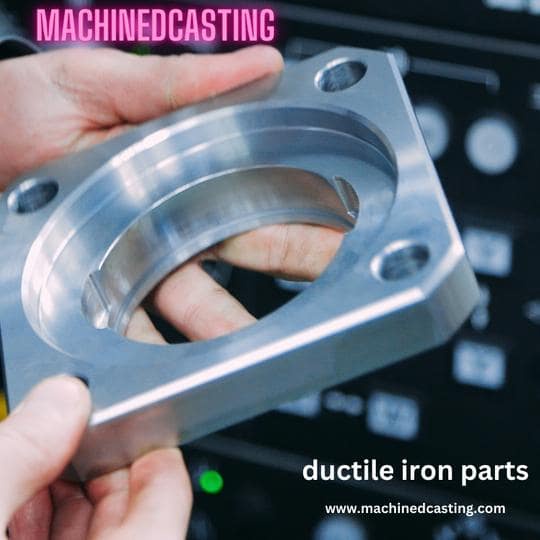Ductile iron, also known as nodular or spheroidal graphite iron, is a versatile and widely used material in various industries due to its exceptional mechanical properties. This guide aims to provide a detailed understanding of ductile iron parts, their characteristics, and the diverse range of applications they excel in.
What is Ductile Iron? Ductile iron is a type of cast iron that undergoes a unique treatment process, which alters its microstructure, giving it enhanced ductility and toughness compared to traditional cast iron. The key feature of ductile iron is the presence of spherical graphite nodules, which contribute to its remarkable strength and resilience.
Properties of Ductile Iron:
- Strength and Durability: Ductile iron exhibits high tensile strength and durability, making it suitable for applications that require robust and long-lasting components.
- Machinability: Despite its strength, ductile iron is machinable, allowing for precision in manufacturing processes.
- Corrosion Resistance: Ductile iron has good corrosion resistance, making it suitable for use in various environments.
Applications of Ductile Iron Parts:
- Automotive Industry: Ductile iron is commonly used in the automotive sector for components such as crankshafts, camshafts, and differential housings due to its high strength and wear resistance.
- Water and Wastewater Systems: Ductile iron pipes and fittings are widely used in water distribution and sewage systems due to their durability and corrosion resistance.
- Construction: Ductile iron is employed in construction for components like manhole covers, pipe fittings, and structural supports, where strength and longevity are crucial.
- Agriculture and Machinery: Ductile iron parts find applications in agricultural equipment, providing toughness and reliability in harsh operating conditions.
Manufacturing Process: The production of ductile iron involves adding magnesium to molten iron, promoting the formation of graphite nodules. This process imparts the desired ductility to the material. The castings can be produced in various shapes and sizes through methods such as sand casting or investment casting.
Maintenance and Care: To ensure the longevity of ductile iron parts, regular inspections for signs of wear or corrosion are essential. Applying protective coatings and addressing any issues promptly can extend the lifespan of components.
Conclusion: Ductile iron's unique combination of strength, durability, and machinability makes it a preferred choice for diverse applications. Understanding the properties and applications of ductile iron parts is crucial for engineers, manufacturers, and anyone involved in industries that rely on robust and reliable materials.


No comments yet